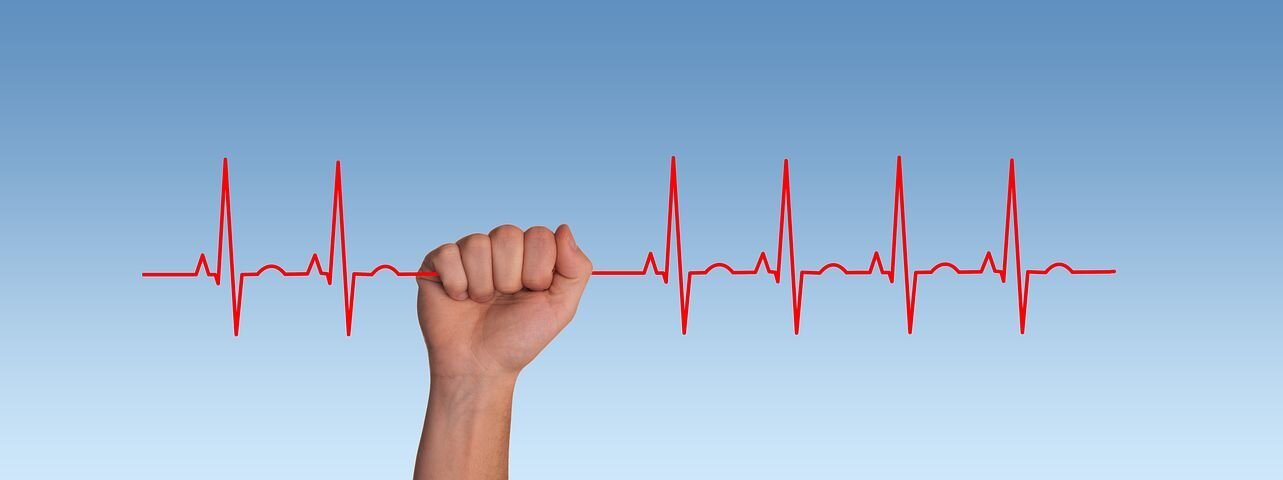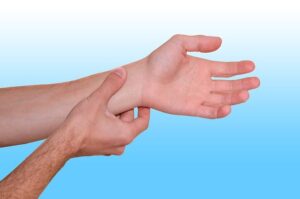By WIN Contributor: Dr. Ernie Bagnulo, Chiropractor
I’m certain we have all heard of “resting Heart Rate” and “max Heart Rate,” but what about Heart Rate Variability (HRV)? It sounds like it is something we do not want; I mean who wants their hear rate to be variable? Most would think a constant and steady beat is desirable, well, that couldn’t be further from the truth, let me attempt to explain…..
I need to preface this by saying this may be a longer blog than usual because it requires some detail and some big words; I will try to simplify so it is understood. But please, if the content gets to heavy or complicated, read to the end, that is where I discuss the practical implications for each of us, what is most important to you and what is most important to me, how to help you take advantage of this and be healthier.
WHAT IS HRV?
HRV is a great indicator of the state level of stress you body is in during a given period of time.
A low HRV score means you are under more stress and a high HRV score means you are under less stress.
Let’s assume a healthy heart beats at 60bpm (endurance athletes generally have a lower heart rate in beats per minute). But we cannot assume it beats at 1 beat per second; for some it may, however for others it will not. For some it may beat at 0.85s and then again at 1.35s; others may be 0.99s and 1.01s, consistently, but which is more desirable? I can confirm it is better to be more “variable” than constant, in terms of getting indications of our stress and readiness levels. This is “Healthy Irregularity.”
Now that we can understand what HRV is, let us look at why it happens and then what it means.
WHY DOES IT OCCUR?
Ok, here is where it can be a bit complicated, the HRV has everything to do with our nervous system, specifically, the Autonomic Nervous System (ANS). This is the nervous system that we cannot consciously control, think about stressful sweating, blood flow, digestion and….heart rate! These are all changing and adapting without us being aware of it.
The ANS is now further divided into two more components 1) The Parasympathetic Nervous System (PNS) – REST & DIGEST and 2) The Sympathetic Nervous System (SNS) – FIGHT OR FLIGHT
Let’s give you a practical example so its easier to understand…..
Let’s say you are sitting now reading this blog and are relaxed in bed….you’re mostly in a Parasympathetic state, calm, resting and relaxed, not sweating or overtly stressed. But lets say as you are reading this blog and your home fire alarm starts to sound, you will most likely jump and react, your heart rate will increase, you may sweat, you will worry about your family and belongings and the chemicals of stress will be released and you will move from an Parasympathetic to Sympathetic State.
Another term called Intrinsic Heart Rate is a term that is used when our heart beats without influence of either PNS or SNS, this heart rate is determined to be 100bpm….this is individual but it allows for a simplified way to measure HRV. The PNS lowers the heart rate away from 100 and can cause immediate changes or variability in the beats because it only affects a few beats at a time, not every beat below 100, it then allows it to rise closer to 100bpm again. Whereas, the SNS raises it above 100bpm but is in control of every heart beat the entire time it is over 100bpm, this allows less variability to occur.
Therefore, when we are under more PNS control and in a relaxed state of being and less stressed, we will have more HRV. Whereas, when we are stressed and under higher SNS control, there is much less HRV. This is why a greater HRV is desired not a lower HRV.
WHY DOES IT MATTER?
HRV matters for many different reasons. For the elite athlete it can measure whether or not you rested and recovered from the previous training sessions and let you know how hard you should or should not push your next workout. This is a great way to avoid overtraining and physical breakdown and injury.
But what about for the rest of us that are not athletes? HRV is directly related to sleep, digestion and ability to tolerate and handle our daily routines.
By improving our HRV, we tune into the PNS and become healthier, and more capable to tolerate the environment around us. This is important for all of us as humans.
QUICK SELF TEST OF HRV
If you want to do a quick test on yourself to become aware of HRV, take a finger and find your pulse at your wrist or neck. When you breath in you activate your Sympathetic Nervous System and your pulse intervals will become shorter. Now exhale, you’re activating your Parasympathetic Nervous System and your pulse intervals will become longer.
Also, it is important to note that HRV can be influenced by intense exercise, becoming sick, alcohol consumption, smoking, dehydration and poor dietary choices.
HOW CAN I MEASURE HRV?
The most accurate way to measure HRV is with an Electrocardiogram (ECG), but since most of us do not have one of these, this is not practical. But in the ever evolving world of technology and wearables, many of the watches, Apple, Samsung and Garmin, utilize software to measure HRV, however it is best measured at rest when we are sleeping, so it you do not wear your watch to sleep you will not get a measurement that is truly accurate. There is also a ring made by OURA. You can wear it easily at night and the app tracks your sleeping patterns as well, and even better, you can turn off all Bluetooth and NFC communication at night while you sleep and the ring still reads your biometrics; then connect in the morning to see your results.
If you have any questions or comments, I’m happy to talk with you, I love integrating health and technology and there is no denying the science, HRV matters!



